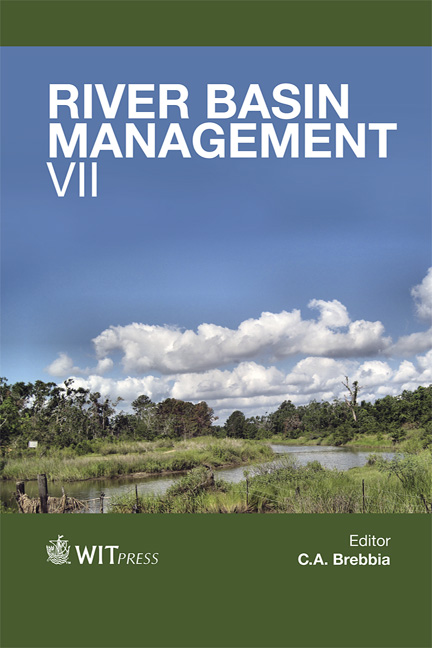Deconstructing The Native Fish Strategy For Australia’s Murray Darling Catchment
Price
Free (open access)
Transaction
Volume
172
Pages
11
Page Range
339 - 349
Published
2013
Size
102 kb
Paper DOI
10.2495/RBM130281
Copyright
WIT Press
Author(s)
J. Marohasy & J. Abbot
Abstract
The Murray is Australia’s longest river and drains a catchment of over 1 million square kilometres. Before sea dykes were built across the five channels that converge on the Murray’s sea mouth in the 1930s, mulloway, Agyrosomus japonicas, were a mainstay of the local fishery. Back then, Lake Alexandrina was the central basin of a barrier estuary. Now, the lake is managed as a freshwater reservoir and there are no mulloway. This history is, however, ignored in the Australian Commonwealth government’s Native Fish Strategy for the Murray Darling Basin 2003-2013. There is no mention of mulloway in The Strategy, yet its overriding objective is ostensibly the restoration of fish populations. In this study, progress in implementation of The Strategy is reviewed, ten years after its inception. It is suggested that despite significant expenditure The Strategy has failed in key areas. In 2003, when The Strategy was launched it explained native fish numbers were at 10% of pre-European settlement levels (before 1788). This may still be the case. Even for flagship species like Murray cod, Maccullochella peelii, there remains no data on the contribution of a significant restocking effort to recruitment. It is concluded that water quality remains a key issue, in particular, cold-water pollution in the upper reaches and the absence of a salt-water gradient in the lower Murray. Keywords: restoration, Australian native fish, Murray River, Murray Darling catchment, Maccullochella peelii, Argyrosomus japonicas.
Keywords
Keywords: restoration, Australian native fish, Murray River, Murray Darlingcatchment, Maccullochella peelii, Argyrosomus japonicas.





